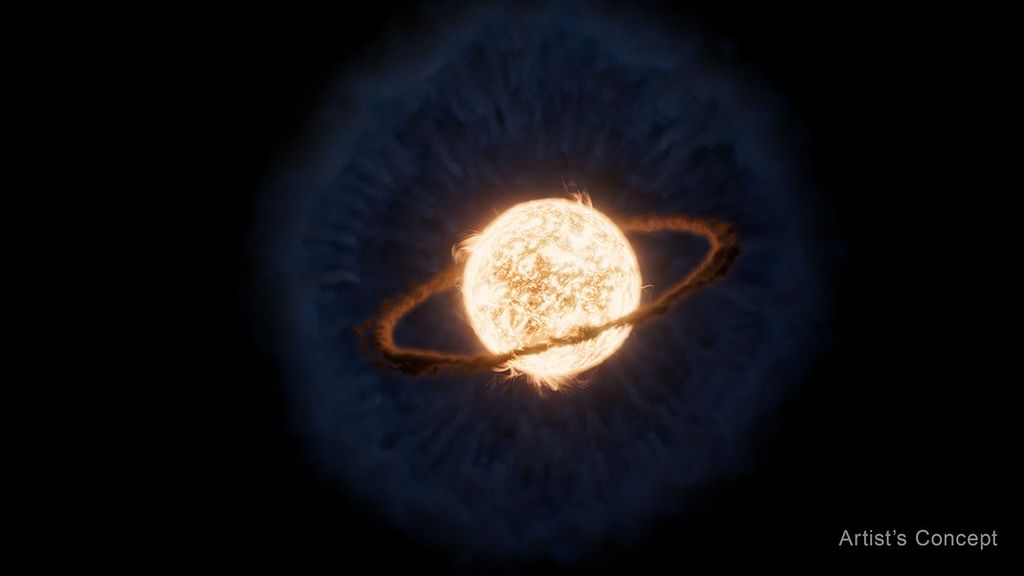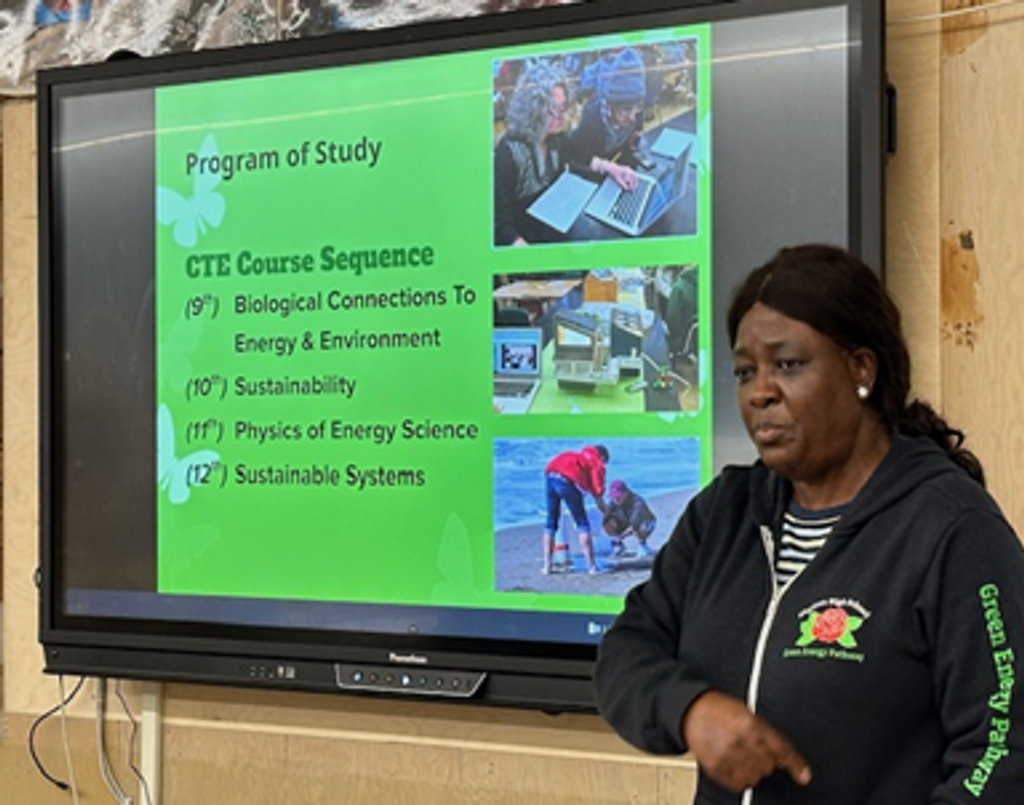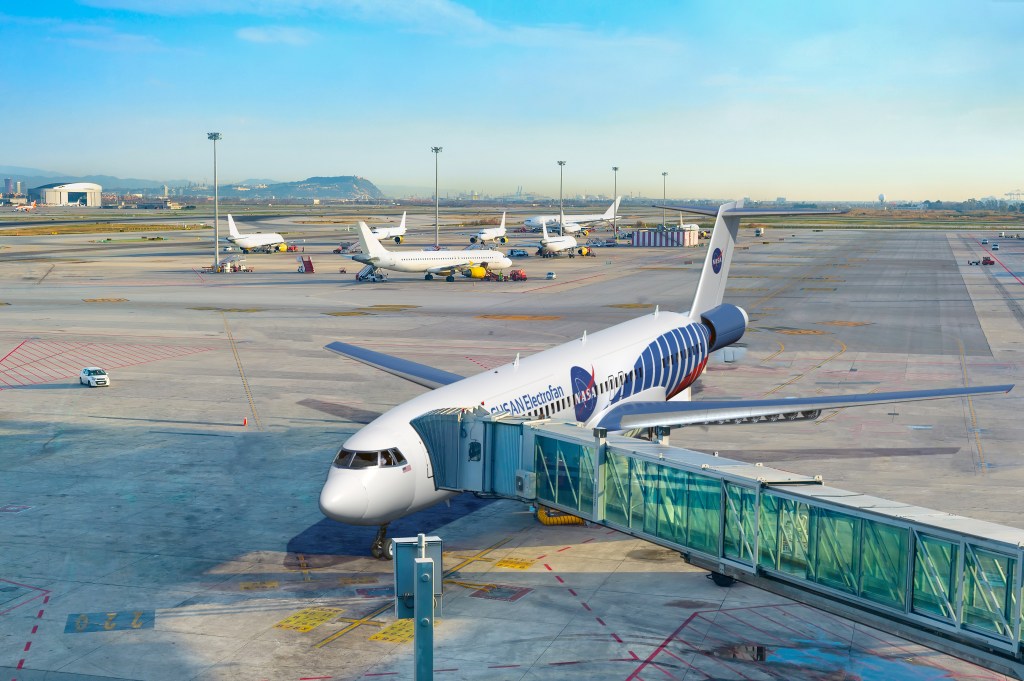
Millions of naturally occurring micrometeoroids and man-made debris orbit the Earth. Orbital debris consists of remnants from previous missions. These items collide and explode creating additional pieces of debris that range from the size of a school bus down to the size of a grain of sand. These pieces of debris may seem innocuous but at hypervelocity speeds they can become killers.
The Risks of Orbital Debris
Orbital debris is the number one threat to spacecraft, satellites, and astronauts. Collisions with orbital debris can pit or damage spacecraft in the best case scenario and cause catastrophic failures in the worst. Averaging speeds of 10 km/s (22,000 mph), a 1 centimeter paint fleck is capable of inflicting the same damage as a 550 pound object traveling 60 miles per hour on earth. A 10 centimeter projectile would be comparable to 7 kilograms of TNT. It is easy to see how collisions of orbital debris traveling at such high speeds pose a grave threat to our space program.
Shielding has been developed to protect vital spacecraft components and safeguard our astronauts against these impacts. Our Remote Hypervelocity Test Laboratory and Johnson Space Center’s Hypervelocity Impact Technology team work together to develop advanced materials and protective shielding configurations to safeguard our astronauts and hardware.
The Kessler Syndrome
Spent rockets, satellites and other space trash have accumulated in orbit increasing the likelihood of collision with other debris. Unfortunately, collisions create more debris creating a runaway chain reaction of collisions and more debris known as the Kessler Syndrome after the man who first proposed the issue, Donald Kessler. It is also known as collisional cascading.
This cascade of collisions first came to NASAs attention in the 1970’s when derelict Delta rockets left in orbit began to explode creating shrapnel clouds. Kessler demonstrated that once the amount of debris in a particular orbit reaches critical mass, collision cascading begins even if no more objects are launched into the orbit. Once collisional cascading begins, the risk to satellites and spacecraft increases until the orbit is no longer usable.
Kessler proposed it would take 30 to 40 years for such a threshold to be reached and today, some experts thing we are already at critical mass in low-Earth orbit at about 560 to 620 miles (900 to 1,000 kilometers).



























